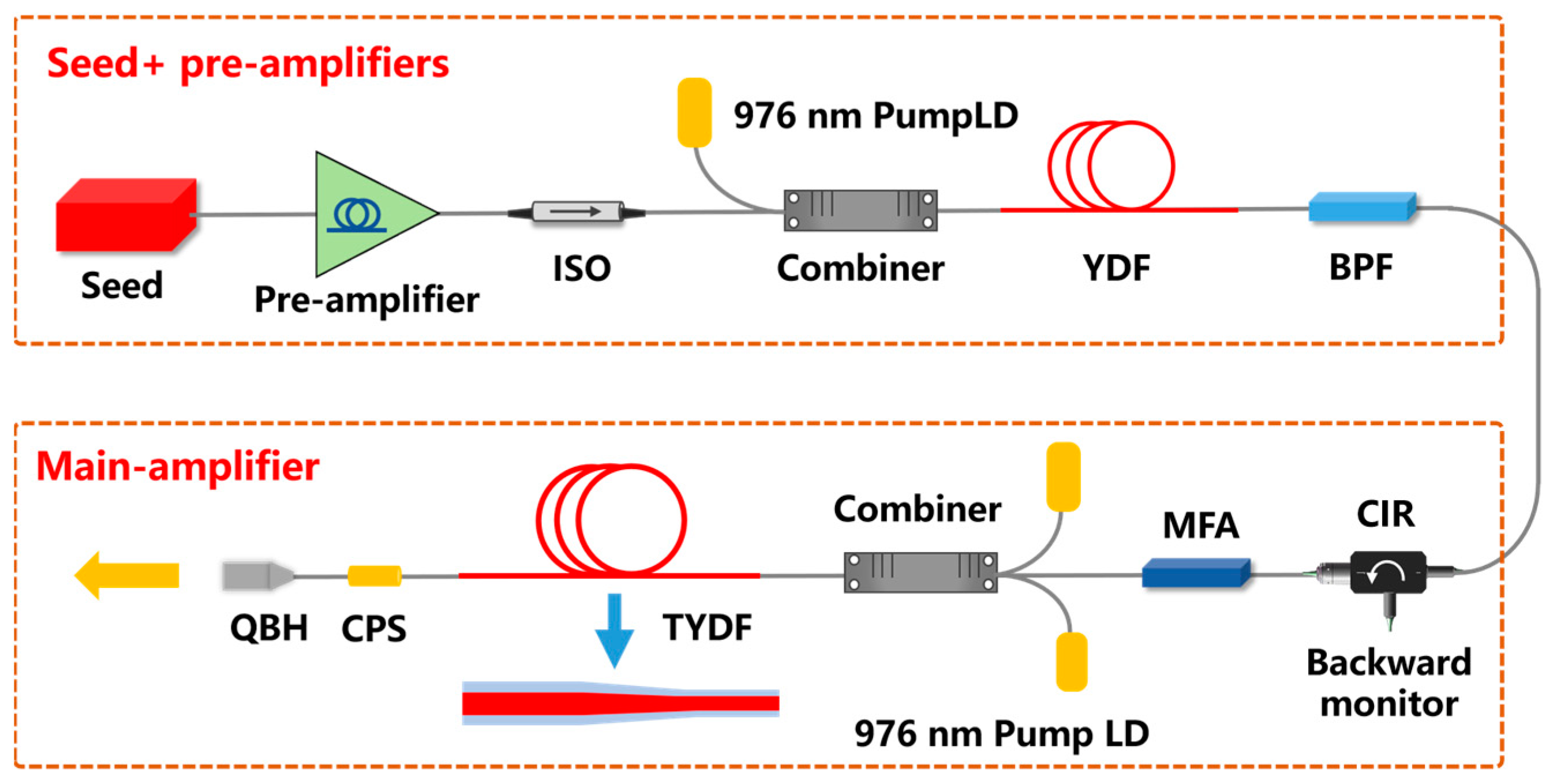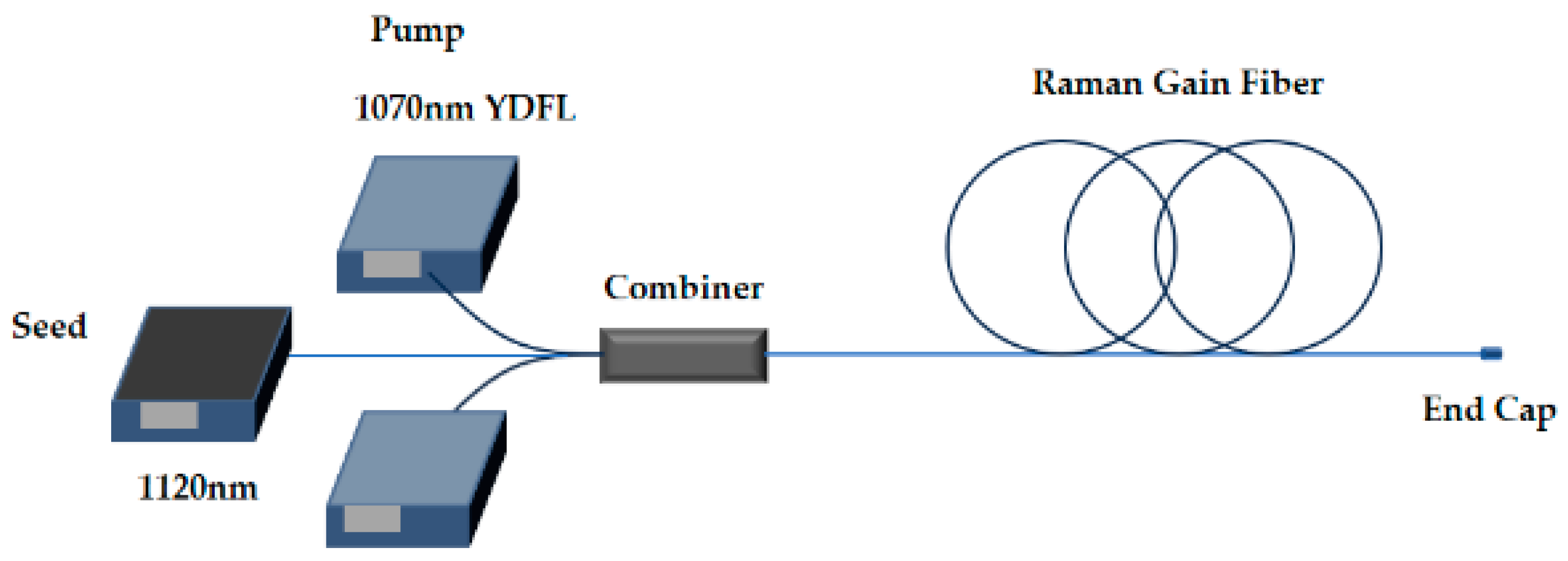
Source: MDPI
Understanding Transverse Dependencies in Fiber Amplifier and Laser Modeling
Introduction to Fiber Amplifiers and Lasers
Fiber amplifiers and lasers are integral components in modern optical systems, playing a crucial role in telecommunications, medical applications, and research. A significant aspect of modeling these devices is understanding the transverse dependencies of optical intensities within the fiber core. This article explores the importance of considering these dependencies and how they impact the performance of fiber amplifiers and lasers.
The Importance of Transverse Variation
In fiber amplifiers and lasers, the transverse variation of optical intensities within the fiber core can significantly influence performance. For instance, in an ytterbium-doped single-mode fiber amplifier operating at 1060 nm, the core’s optical intensities can vary substantially. This variation affects how the ytterbium ions interact with the optical field, leading to different excitation profiles.
Example: Ytterbium-Doped Fiber Amplifier
Consider an ytterbium-doped fiber with a core radius of 3.8 μm and a numerical aperture of 0.1. This configuration is suitable for single-mode operation around 1060 nm. In such a setup, the pump and signal mode intensities exhibit strong variations across the fiber core, impacting the excitation densities of the ytterbium ions.
Modeling Approaches
When modeling fiber amplifiers, one can choose between detailed models that account for transverse dependencies and simplified models that do not. A detailed model divides the fiber core into multiple radial segments, calculating optical intensities and ytterbium excitations for each segment. This approach provides accurate results, especially when pump and signal intensities differ significantly.
Simplified Models
Simplified models, on the other hand, assume uniform intensity across the fiber core, using overlap factors to account for the finite overlap of mode fields with the doped core. Although simpler, these models can yield surprisingly accurate results when pump and signal waves have similar transverse profiles.
Impact of Transverse Dependencies
The significance of transverse dependencies becomes evident when pump light is injected into higher-order modes, such as LP11 modes, resulting in a doughnut-shaped pump profile. In such cases, the power conversion efficiency decreases due to less effective absorption of pump power and suboptimal utilization of ytterbium excitations.
Case Study: Higher-Order Mode Pumping
When transverse dependencies are ignored in models with higher-order mode pumping, the results can differ significantly from reality. For instance, the signal output power might increase artificially, as the model fails to account for the non-uniform distribution of excitation across the core.
Conclusions
In conclusion, while transverse dependencies can often be ignored in fiber amplifier and laser models when pump and signal profiles are similar, they become crucial in cases with significant differences in transverse profiles. Accurate modeling requires careful consideration of these dependencies, especially when dealing with complex optical systems.
Final Remarks
Understanding and appropriately modeling transverse dependencies are essential for optimizing the performance of fiber amplifiers and lasers. As technology advances, the need for precise modeling becomes even more critical, ensuring that optical systems meet the increasing demands of various applications.

Source: MDPI
Feel free to comment your thoughts.



